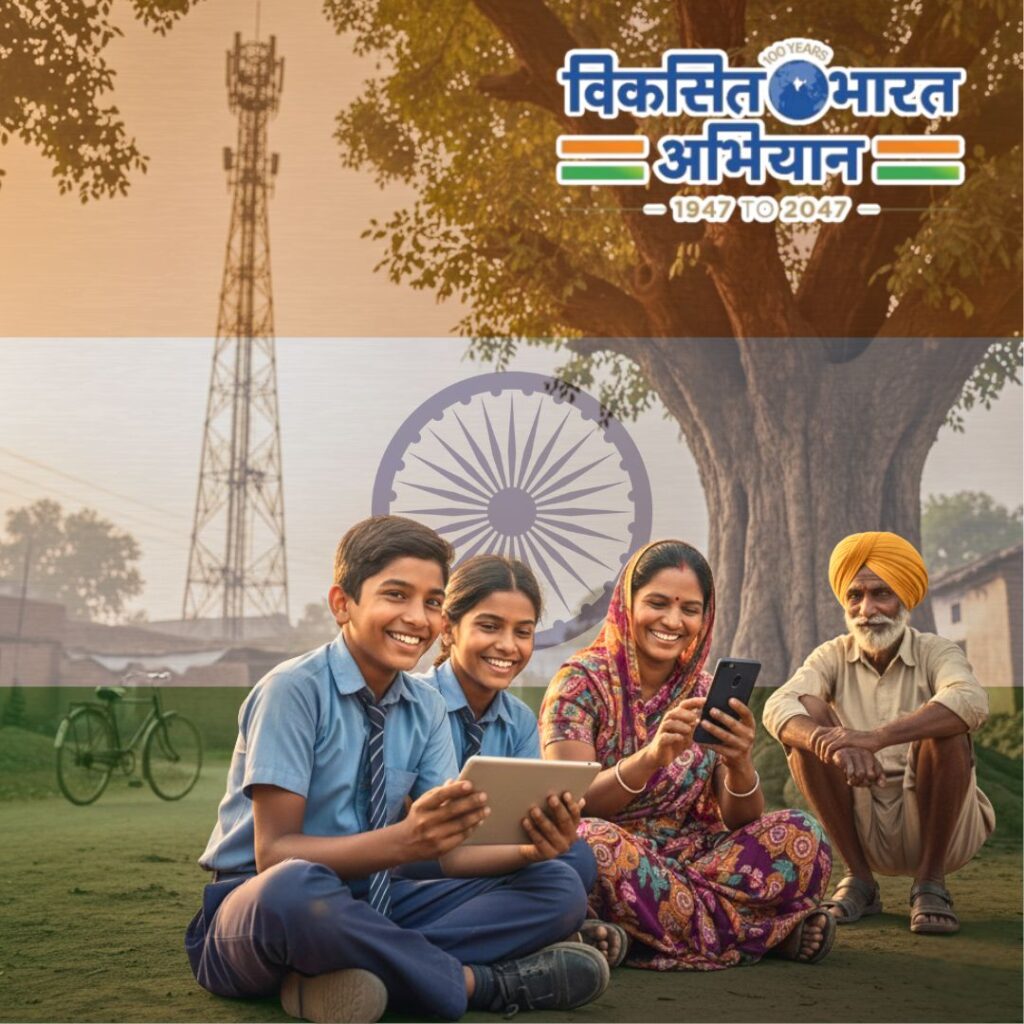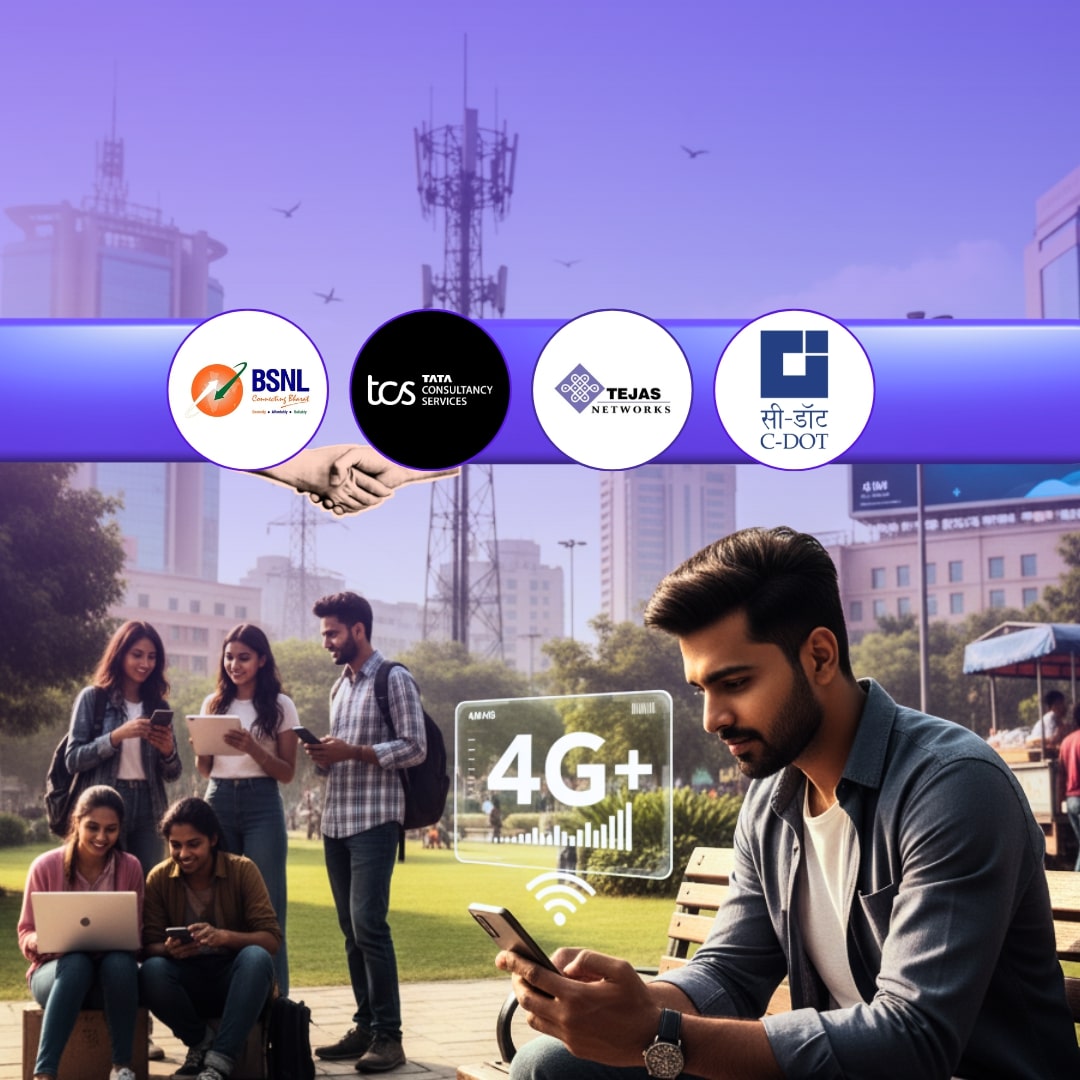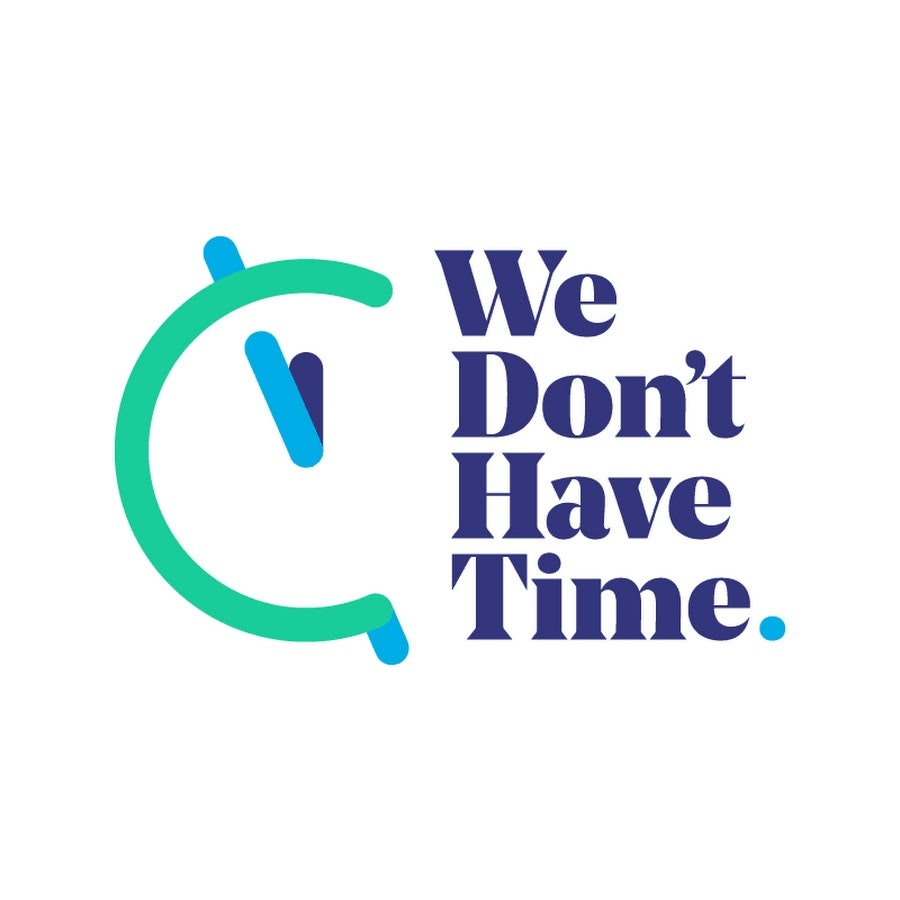Every UPI payment, every emergency call and every online class in a remote village depends on telecom networks. For decades, the pipes and gears that made all this possible, including antennas, software and switching equipment, were imported and controlled by foreign firms. This dependence made India efficient but left it exposed to supply chain shocks, trade disputes and surveillance risks.
That changes now. With the launch of an indigenous 4G technology stack, India has entered an elite club of just five nations capable of designing, developing and deploying its own mobile network. It is more than a technical breakthrough, it is a milestone of digital sovereignty.
From Dependence to Digital Sovereignty
Telecommunications is the backbone of modern life. Payments, telemedicine, classrooms and e-commerce all ride on these invisible pipes. Until recently, India’s backbone was built elsewhere. Today, the country has shown the world it can power its own digital future.
A senior official from the Department of Telecommunications summed it up:
“This project symbolises the strength of Atmanirbhar Bharat. By creating our own telecom stack, we are ensuring security and resilience while positioning India as a global leader.”
India’s Leap into the Future
BSNL has been connecting India for over 25 years, often reaching towns and villages where private players did not go. Now, in partnership with Tata Consultancy Services (TCS), the Centre for Development of Telematics (C-DOT) and Tejas Networks, BSNL has taken a leap into the future.

The scale speaks for itself:
- 1 lakh 4G sites deployed across the country
- 35+ core data centres operational
- 5G-ready RAN architecture powered by software-defined Radios
For a country once seen as a latecomer in telecom manufacturing, this turnaround is worth pausing on.
Connectivity That Changes Lives
The true measure of technology lies in the lives it transforms. This rollout has already connected more than 26,700 villages that were previously left out.
- Learning without limits: Children in rural schools can now attend online classes and access digital materials.
- Smart farming, smarter incomes: Farmers receive real-time weather updates, market prices and government schemes on their phones.
- Healthcare anywhere: Patients in remote corners can consult doctors through video calls without travelling miles.
- Jobs and businesses everywhere: From UPI to online marketplaces, digital opportunities are now accessible to every household.
In less than a year, 22 million citizens have come onboard, consuming an average of 21GB of data per month. That is not just connectivity, it is adoption.

A Truly Indian Collaboration
While BSNL is the face of the rollout, this project is a collective achievement.
- TCS orchestrated the deployment, integrating a large-scale mobile core, full-fledged radio access network and homegrown software platforms to manage and digitise the rollout. Its Cognitive Network Operations (TCS CNOPS™) platform has been deployed for 24/7 real-time network management. The platform uniquely manages multi-technology, multi-vendor networks across generations and leverages AI/ML algorithms to enhance service experience.
- C-DOT and Tejas Networks contributed critical components of indigenous innovation, including the EPC Core Application, Base Stations and Radio Infrastructure across more than 100,000 sites, demonstrating India’s capability to develop world-class telecom solutions.
As a TCS executive put it:
“This was about more than technology. It was about bringing together the best of India to create something that puts the nation on the world map.”
India’s Pitch to the World
This is not just India celebrating itself. The indigenous 4G stack was showcased at the G20 Summit, and 18 nations have already expressed interest in adopting it. At a time when countries are rethinking their dependence on foreign telecom vendors, India offers a secure, scalable and inclusive model.
The Logical Indian’s Take
This achievement is bigger than infrastructure. It is a declaration that India is not just a consumer in the global digital economy but a creator. By moving from importing technology to building it, India has laid the foundation for an inclusive digital democracy.
As 5G and future networks evolve, the indigenous stack ensures India will not only keep pace but help set the direction. It is worth saying with pride:












